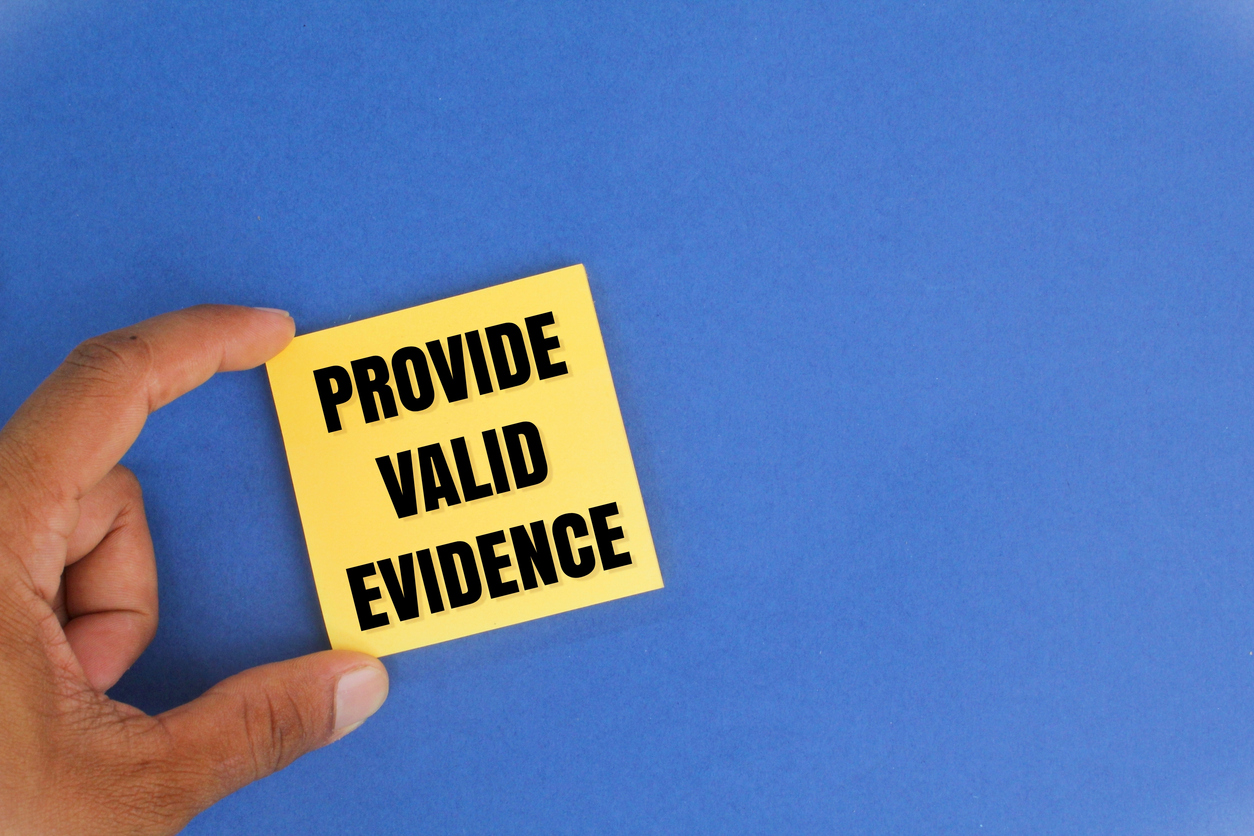Late last night, I was watching Bizarre Foods, one of my favorite shows on television. For those who are not familiar with the show, it follows a plump bald headed guy who travels all over in search of interesting eats. The episode I was viewing featured the State of Virginia. Apparently, the cicada (a winged insect that makes a buzzing sound) is catching on as a delicacy. I’ll pass, thank you. Anyway, the show oddly inspired me to continue the state-by-state series on total loss standards. Since Virginia has yet to be covered, I will now turn to Virginia.
In my research of Virginia law, I came across an early case that discussed what constitutes a total loss in the property insurance context.1 In that case, the Supreme Court of Appeals of Virginia acknowledged the difficulty in attempting to define total loss or destruction with various other states adopting conflicting rules. However, the court found that the trial court’s jury instruction on total loss actually hit the mark and agreed that total loss:
Does not mean the complete extinction or annihilation of the property, but do mean that the property must have been so injured that a reasonably prudent owner would not use the same in restoring it to its former condition, but would abandon it and construct the property new.
So, Virginia similar to a number of other states has adopted the "prudent person" test for determining total loss. Under the "prudent person" test, the key consideration is the reasonableness or practicality of repair.
To date, the total loss blog series has taken us through about two-thirds of the country. We will have all 50 states covered very soon. Stay tuned.
1 Phoenix Ins. Co. v. Shulman Co., Inc., 125 Va. 281 (1919).




